Wiring for TV over fireplace
oldbat2be
12 years ago
Related Stories
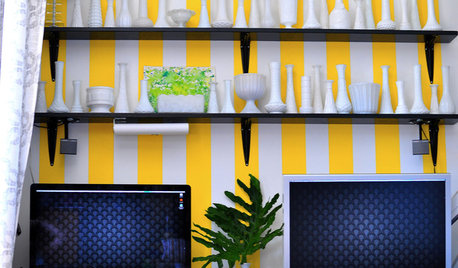
ACCESSORIESHow to Hide Those Messy Wires
Untangle Yourself From Ugly Electrical Cords With a Few Tricks and Accessories
Full Story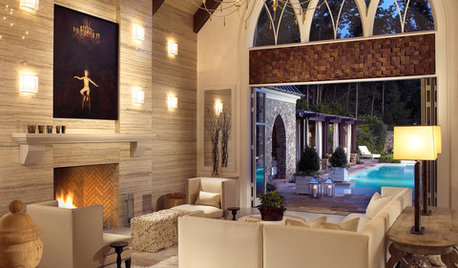
MORE ROOMSHome Tech: Getting Rid of Wires Without Sacrificing Sound
Wireless home technology still isn't perfect, but new products are giving audiophiles choices
Full Story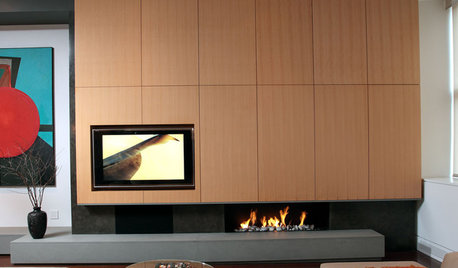
MOST POPULAR7 Ways to Rock a TV and Fireplace Combo
Win the battle of the dueling focal points with a thoughtful fireplace arrangement that puts attention right where you want it
Full Story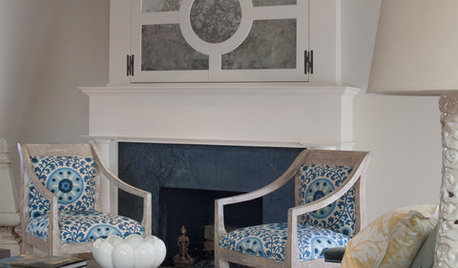
FIREPLACESGoodbye, TV — Hello, Fireplace
Hide the television above the fireplace with clever camouflage, so the focus will be right where you want it
Full Story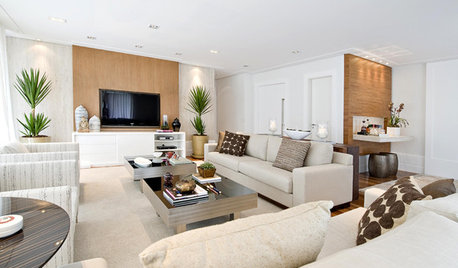
Today's Question: TV Fireplace Dilemma
Should the TV Go Above the Fireplace — or Not? Have Your Say!
Full Story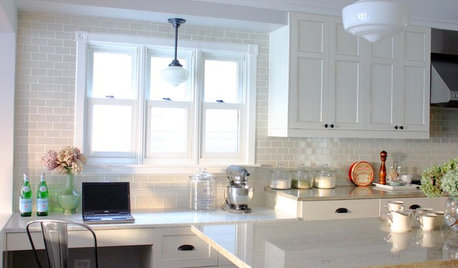
HOME TECHGo Ahead: Embrace Your Home Technology
It's time to make peace with the gadgets, wires and TV screens that serve us so well
Full Story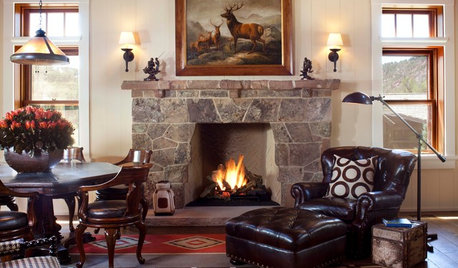
HOUZZ TV FAVORITESHouzz TV: Flickering Virtual Fireplaces to Warm Your Heart
Sit back and enjoy a crackling fire set to seasonal music and surrounded by ideas for your own dream living room
Full Story
TRIMHow to Fix a Mirror-Above-the-Mantel Dilemma
Got an unmovable mirror over your fireplace? Use trim to turn it into a feature that will turn heads
Full Story
GARDENING GUIDESGarden Myths to Debunk as You Dig This Fall and Rest Over Winter
Termites hate wood mulch, don’t amend soil for trees, avoid gravel in planters — and more nuggets of garden wisdom
Full Story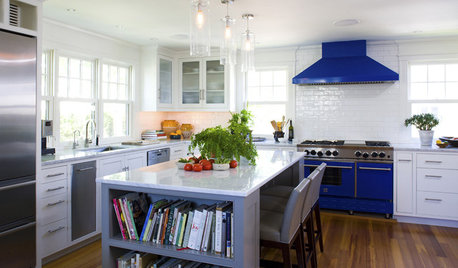
KITCHEN DESIGNSo Over Stainless in the Kitchen? 14 Reasons to Give In to Color
Colorful kitchen appliances are popular again, and now you've got more choices than ever. Which would you choose?
Full StorySponsored
Custom Craftsmanship & Construction Solutions in Franklin County
More Discussions








Ron Natalie
groundrod
Related Professionals
Bowling Green General Contractors · Evans General Contractors · Fort Lee General Contractors · Ken Caryl General Contractors · Monroe General Contractors · Montclair General Contractors · Nashua General Contractors · New Baltimore General Contractors · San Bruno General Contractors · Troutdale General Contractors · University City General Contractors · El Mirage Solar Energy Systems · Herndon Home Automation & Home Media · Philadelphia Home Automation & Home Media · St. Louis Home Automation & Home Mediaoldbat2beOriginal Author
weedmeister
yosemitebill
oldbat2beOriginal Author
kurto
stinkytiger
weedmeister
yosemitebill
tl45
mrblandings
oldbat2beOriginal Author
mratner
Priyanka Sethi